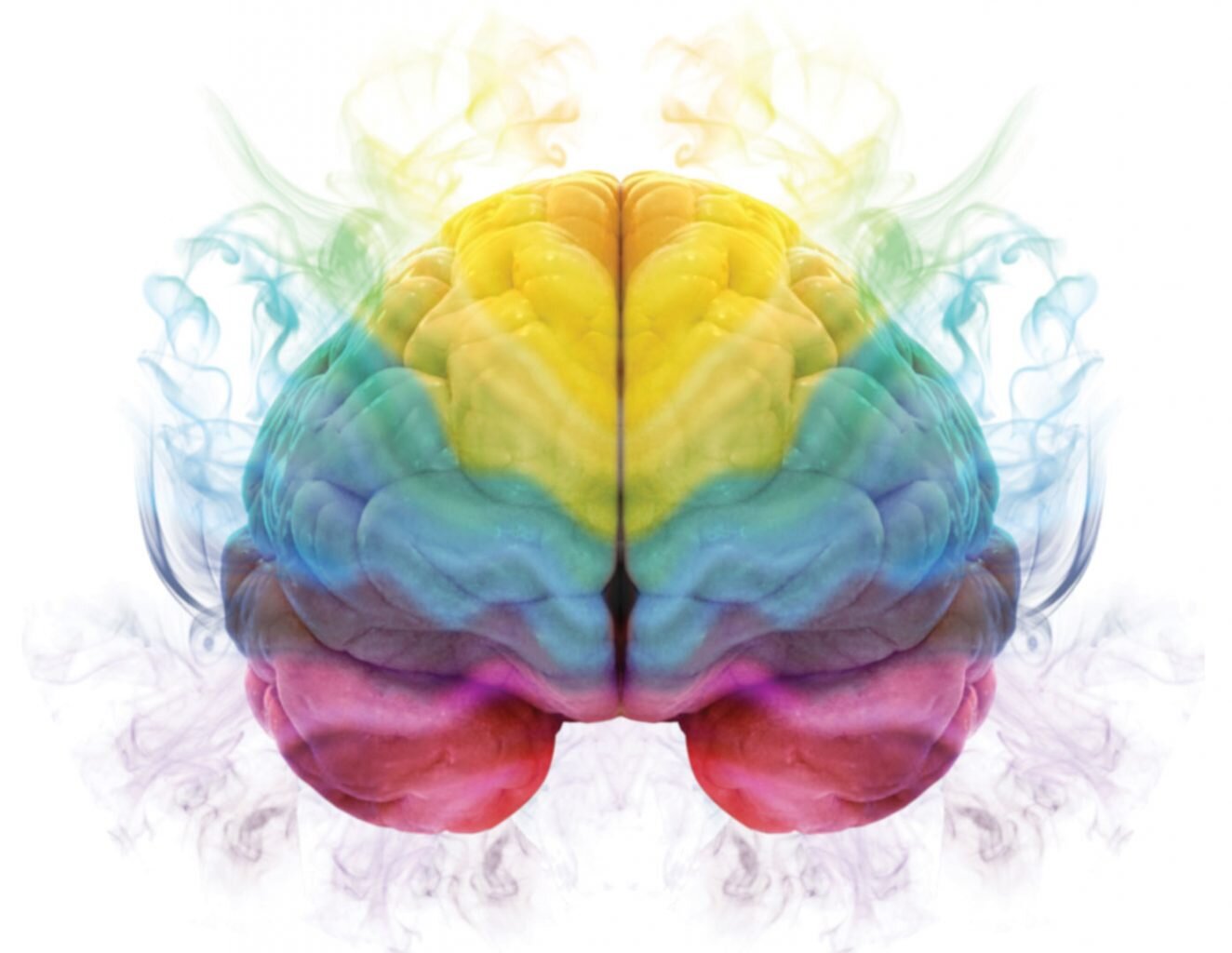What is Art Therapy?
You may be wondering, what exactly is Art Therapy? How do I know if it’s right for me? The answer is, anyone can benefit from Art Therapy. Remember, art is a universal language. Therefore, it can be used to assist people of all ages, from children to the elderly, and all stages along the way. Art Therapy is used to support individuals struggling with emotional and behavioral difficulties, physical limitations, and mental illness. Read on for additional information to further clarify some of the commonly asked questions…
Other Common Questions About Art Therapy…
How is Art Therapy different than traditional psychotherapy?
In Art Therapy, there is an additional tool- the artistic process. This complements the verbal aspects of more traditional psychotherapy. Through this experiential process an expressive element is added, giving life and form to what would otherwise be less tangible. This allows for deeper insight, growth & healing!
Do I have to make art in every session?
The amount of art used in an art therapy session is completely flexible, and based on the client’s wants and needs. Remember, the art-making is an additional tool, allowing for further insight into who you are, where you’ve been, and where you want to go. This works in complement to verbal exploration.
What if I’m not an artist?
You do not need any special skills or art training to participate in or benefit from art therapy. The emphasis is on the process. Your art therapist will certainly assist you in using the materials if you have any questions. People are intrinsically creative…art therapy provides a safe space to access this part of the self. And remember, art comes in ALL forms. Stick figures, splatter paint…there is no wrong way to express yourself!
How is the art therapy session set up?
The room is part studio, part more traditional psychotherapy space. This means there’s a comfortable couch and chair for checking in, as well as an art table stocked with all kinds of materials, including clay, charcoals, pencils, paints, plaster, and more. Materials are all provided, though if there’s something you don’t see that you are interested in exploring, please ask your art therapist! There is no one way for a session to unfold. Everyone is unique, and treatment is varied based on individual needs. Sometimes art-making is spontaneous…verbal discussion ignites an image that you decide to create. Other times you may bring in art made outside of session that you want to explore, or even be provided with an art therapy directive, focusing on a particular issue that you are working to resolve. The creative process is very flexible!
How can Art Therapy help me?
Art Therapy offers an opportunity to combine both verbal and non-verbal exploration in one psychotherapy experience. It is often easier to communicate through these means, which many find less threatening, working through tough issues in a creative way.
Research shows that in addition to supporting individuals with everyday stressors, art therapy has been used to successfully improve communication, increase self-awareness, decrease stress, develop closer relationships, improve mood, and decrease disruptive behaviors and attitudes. Art Therapy can be used as an intervention to support those in dealing with a number of other issues including:
• Learning disabilities
• Grief/loss
• Behavioral issues
• Bullying
• Trauma
• Fears or Phobias
• Challenges of a physical illness or disability
• Mental illness
Through the context of a secure therapeutic relationship, art therapy provides the support for deeper self-exploration, offering opportunity for growth and healing. Using the art and artistic process as a metaphor to begin addressing some of your concerns, art therapy has the potential to help you discover your inner voice.
"Art Therapy is a mental health profession in which clients, facilitated by the Art Therapist, use art media, the creative process, and the resulting artwork to explore their feelings, reconcile emotional conflicts, foster self-awareness, manage behavior and addictions, develop social skills, improve reality orientation, reduce anxiety, and increase self-esteem.”

